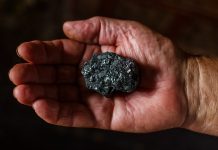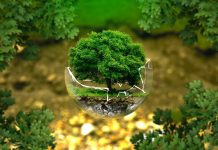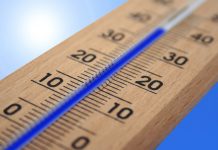A general assembly by the United Nations revealed that we only have around 10 years to save the planet from things like plastic pollution that can cause irreparable damage. Plastics pollution is one of the major contributors to climate change.
Climate change is the reason that the world is experiencing a wide deviation in global and regional climate patterns. The extraction, production and transportation of plastics makes a major negative impact. Once distributed and consumed by the market, these materials also result in plastic pollution.
Continued use of this material poses a risk to the environment. Because of this, more and more people are calling for the prohibition, or at least reduction, of the use of plastic. We've done some further research into the effects of plastics on the environment and they are up next.
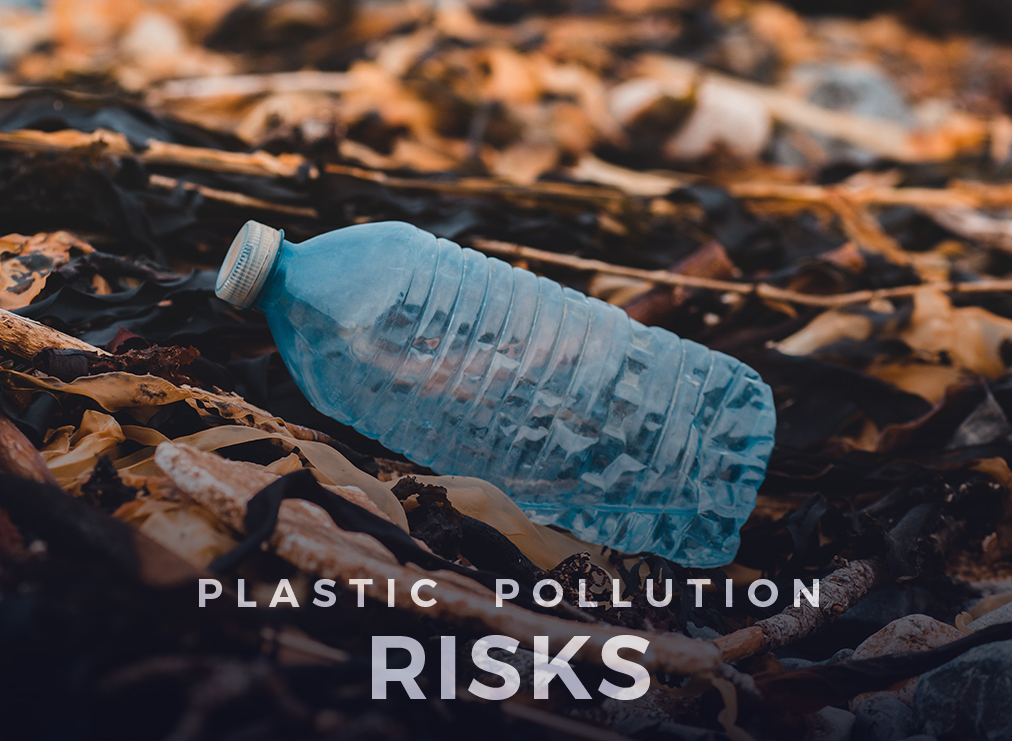
4 Major Plastic Pollution Risks
Heightened Climate Change
Many people tend to think about the impact of plastic solely from its end of life. However, it is important to see how it affects the environment from the start. Experts say that creating feedstocks for plastics results in the emission of millions of metric tons of CO2.
Moreover, the production of plastic requires the burning of a significant amount of oil, gas, and coal. The process of refining this material results in the emission of 184.3 to 2013 million metric tons of CO2, which equals the emission of 45 million vehicles in one year.
Seas of Plastic
The ocean contains gyres which are essentially something like giant whirlpools. And these whirlpools collect trash in the ocean. As there are five gyres in the world, there are five offshore locations where plastics accumulate.
One of them is the so-called Great Pacific Garbage Patch (GPGP), which is located between Hawaii and California. According to samples, there were over 1.8 trillion pieces of plastics in the GPGP.
This is equivalent to a whopping 80,000 tons and this is only the densest part in the center. If samples included outer boundaries, which are less dense, the total mass would be around 100,000 tons.
Animals Injured and Dying Because of Accidental Ingestion
As ocean pollution is one of the most common ideas of plastic pollution, you are probably aware of the impact of this material on marine life. There have been viral posts of animals getting injured and dying after consuming this material.
Even animals that do not dwell in the ocean accidentally ingest plastics. Seagulls, dogs, cats and wildlife are also known to mistake these items as food or prey. Ingesting chemical-laden leaves these animals injured and sick and can often lead to death.
Reduced Capacity to Reproduce
Aside from animals dying because they accidentally ate a piece of plastic, it also affects the future of the species. These materials reduce the population of marine life by minimizing their ability to reproduce.
There is evidence that exposure to tiny blocks of polystyrene plastic leads to oysters producing a lower number of eggs and less virile sperm. Further research is required to see if the material has the same effect on other animals.
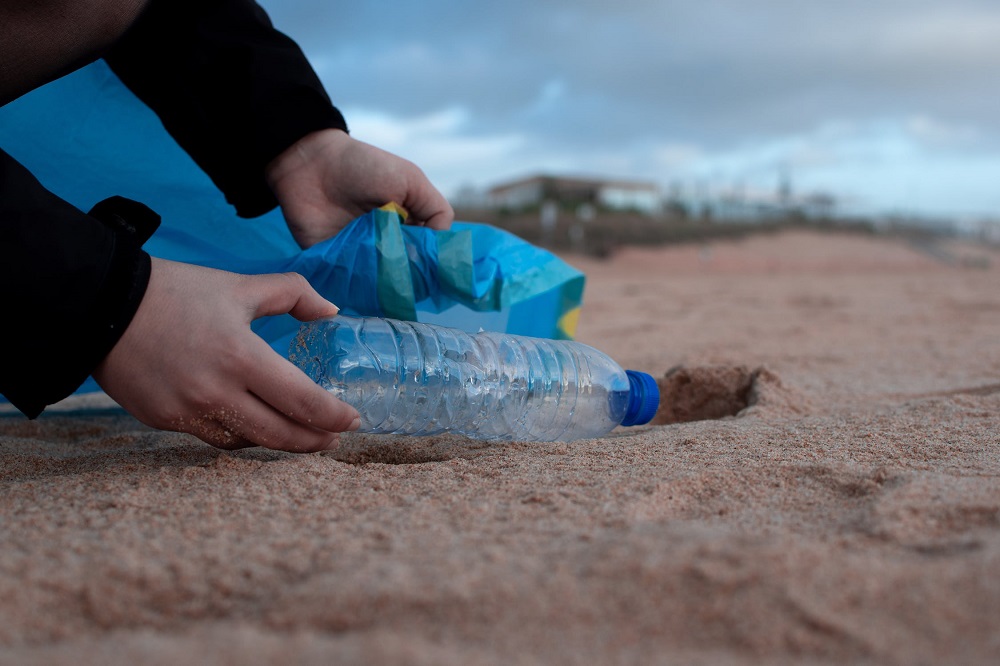
Bottom Line
Now that you know the major pollution risks of plastics, you might want to consider reducing your consumption of this material. Using reusable containers is much more sustainable than plastic. One of the easiest things you can do is use a cloth bag instead of a plastic one.
If you think about the fact that you do your groceries at least once a week and let's multiply that by 52 weeks, that's a whole lot of plastic bags you are using. And we aren't even talking about your other online and offline shopping on things like clothing and household goods.
Those are two simple things you can do to help prevent irreversible damage to the planet.

